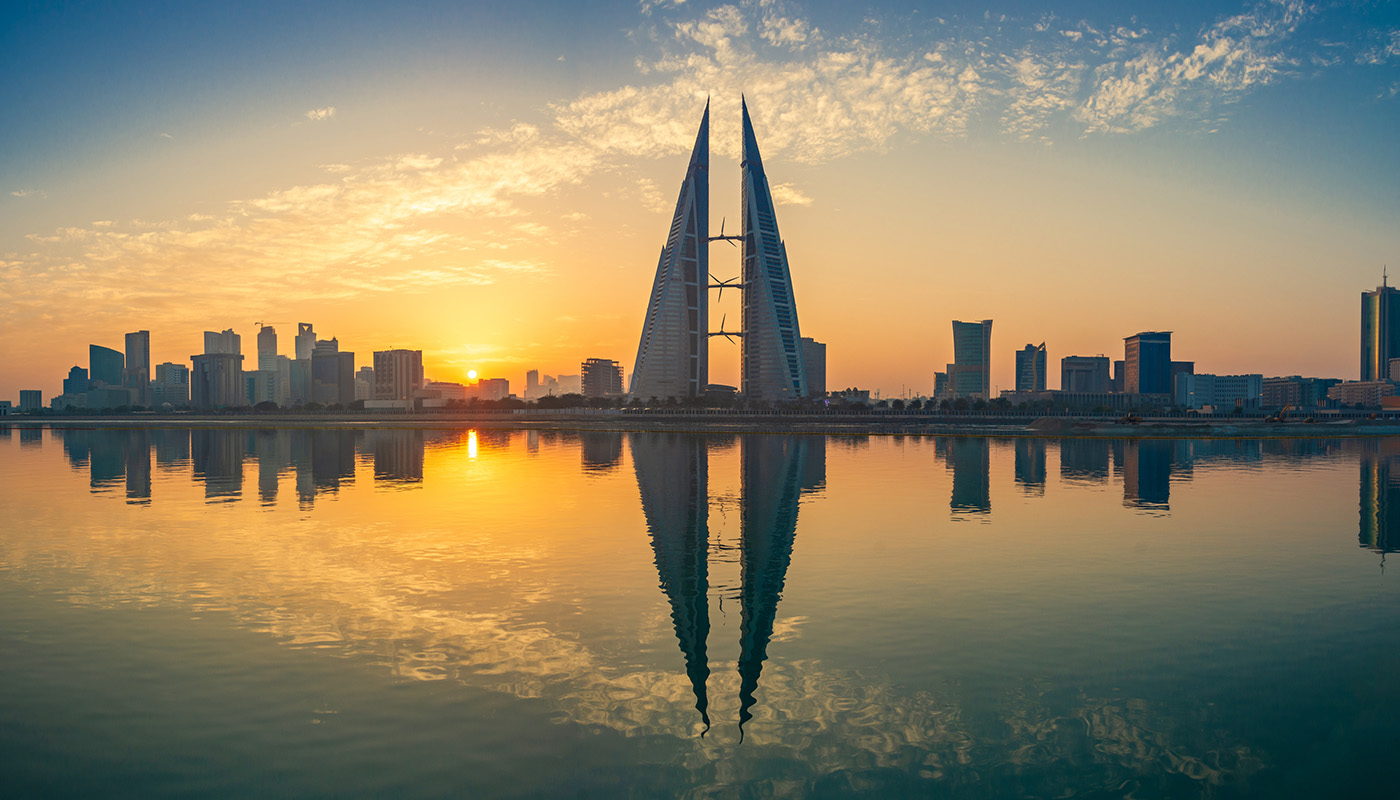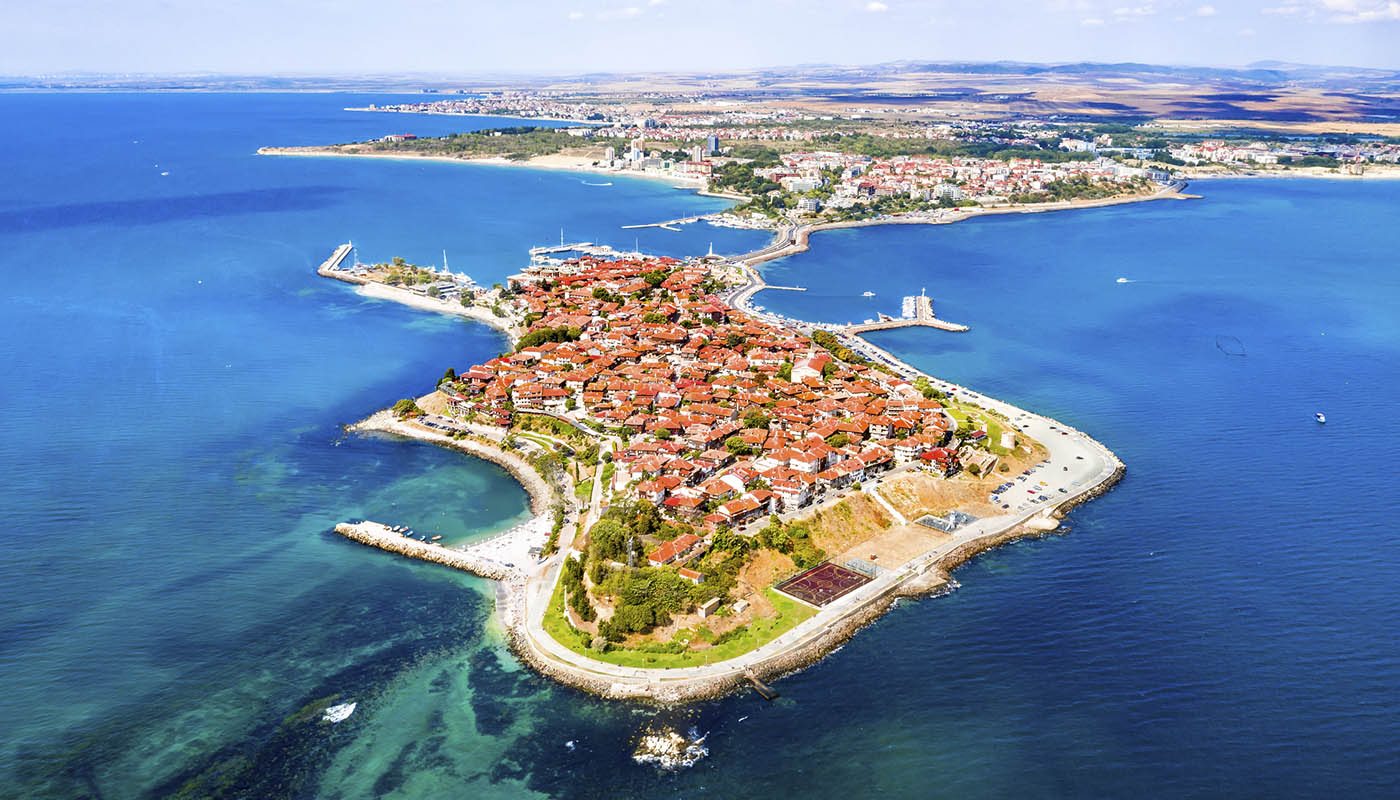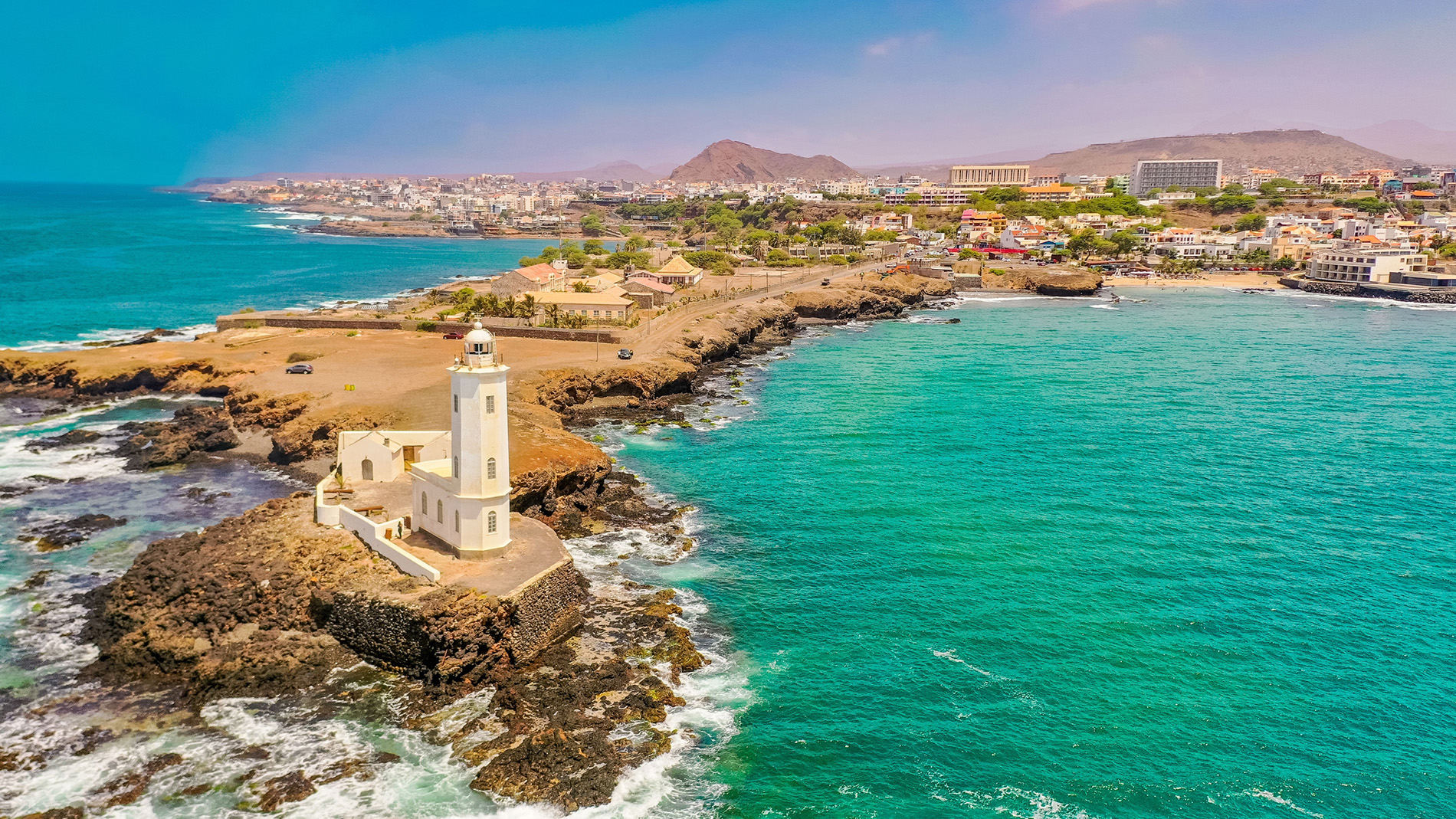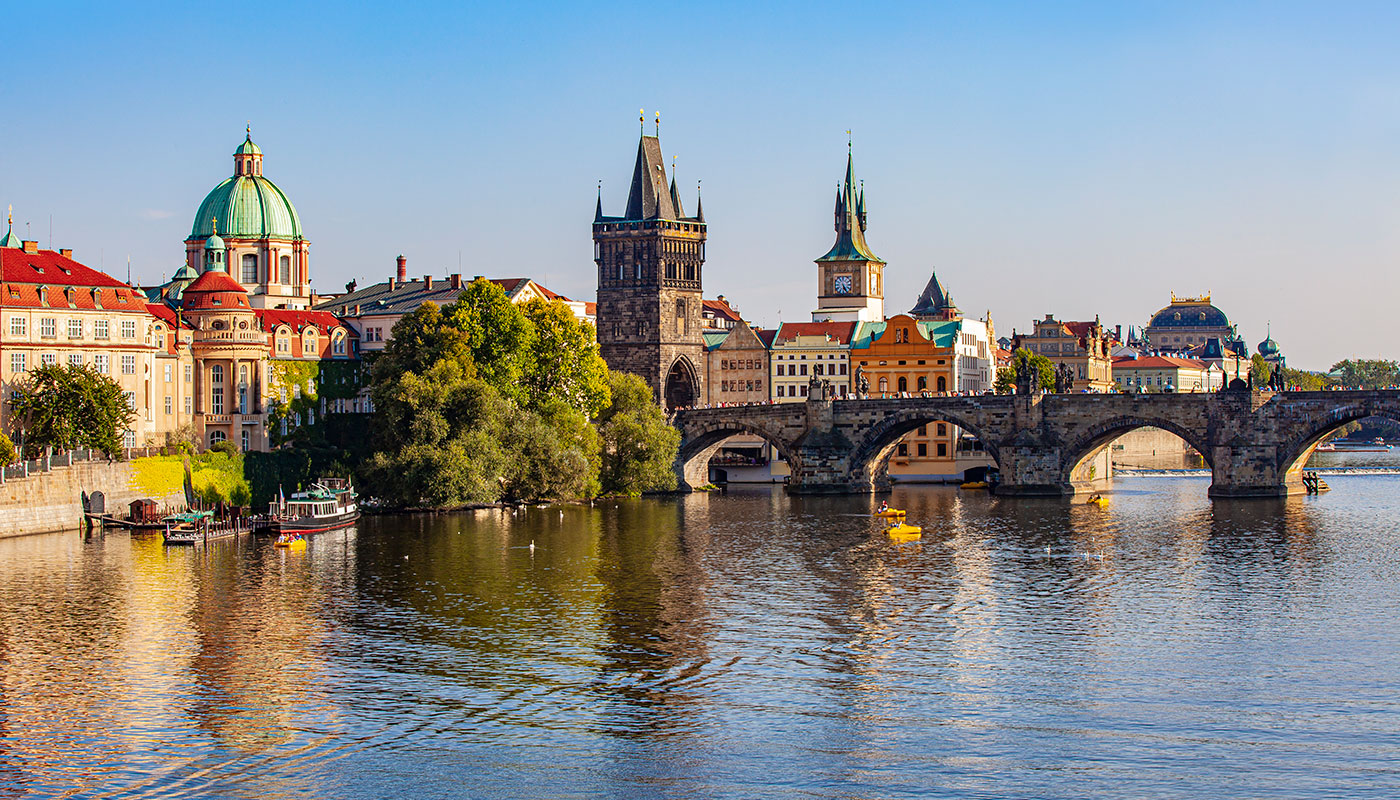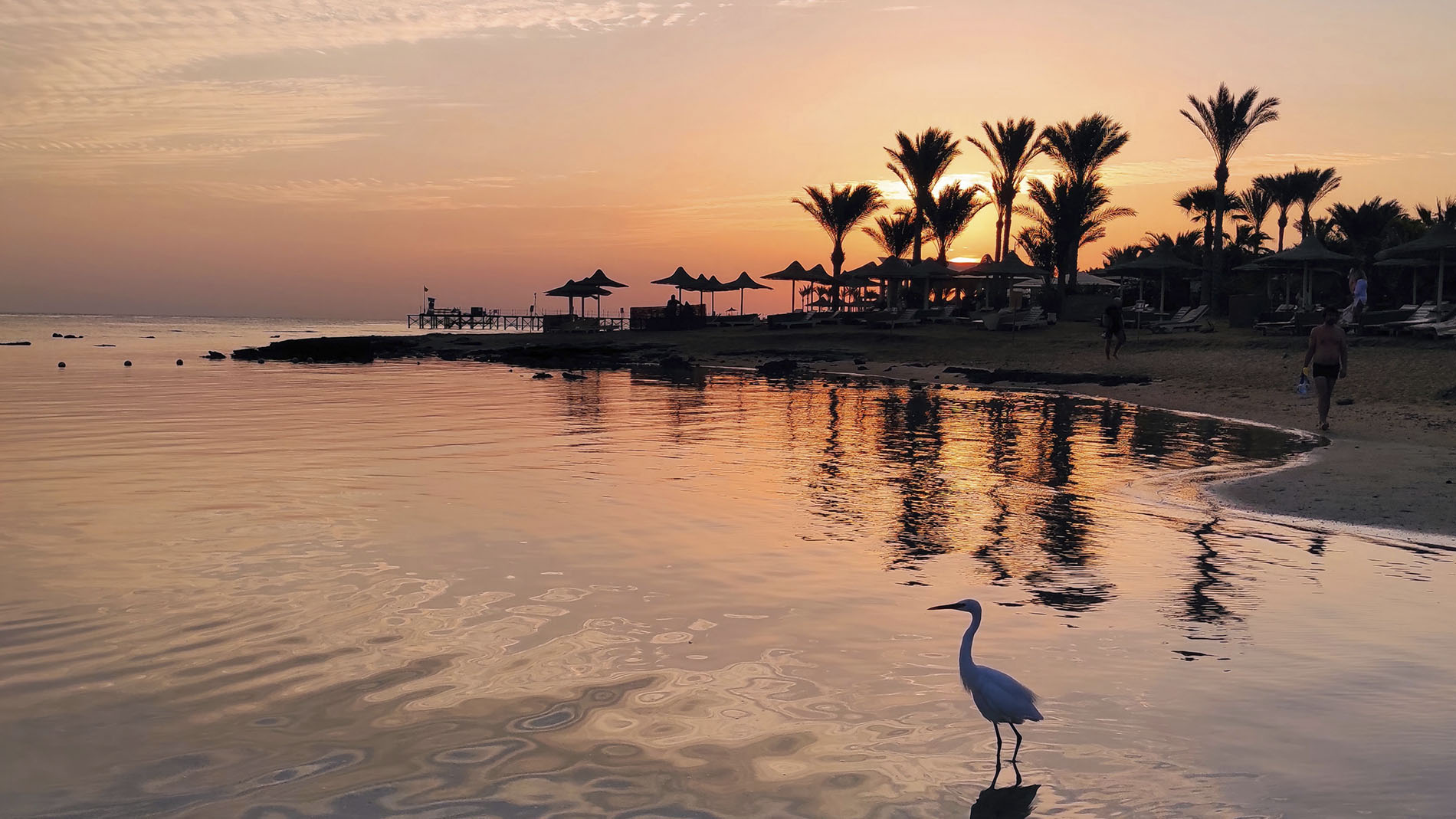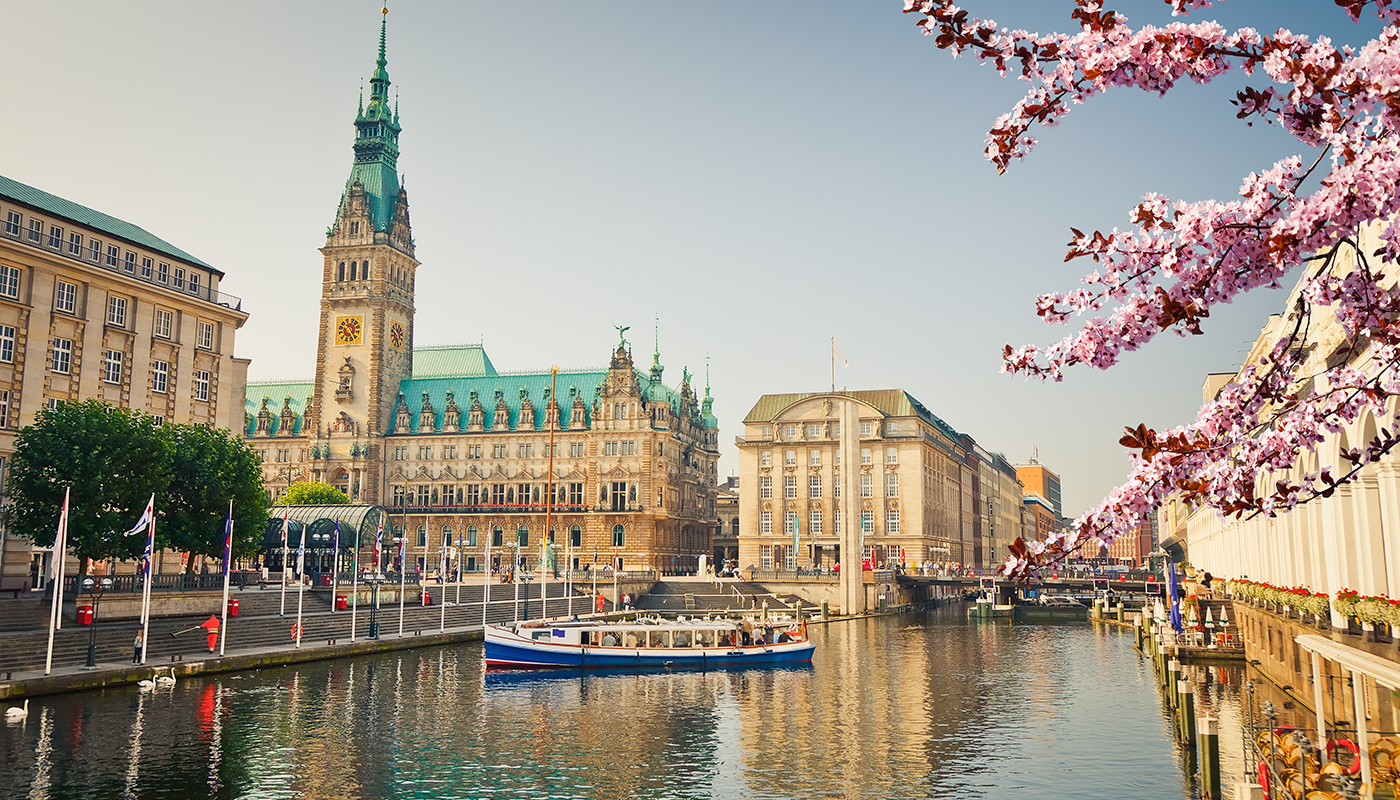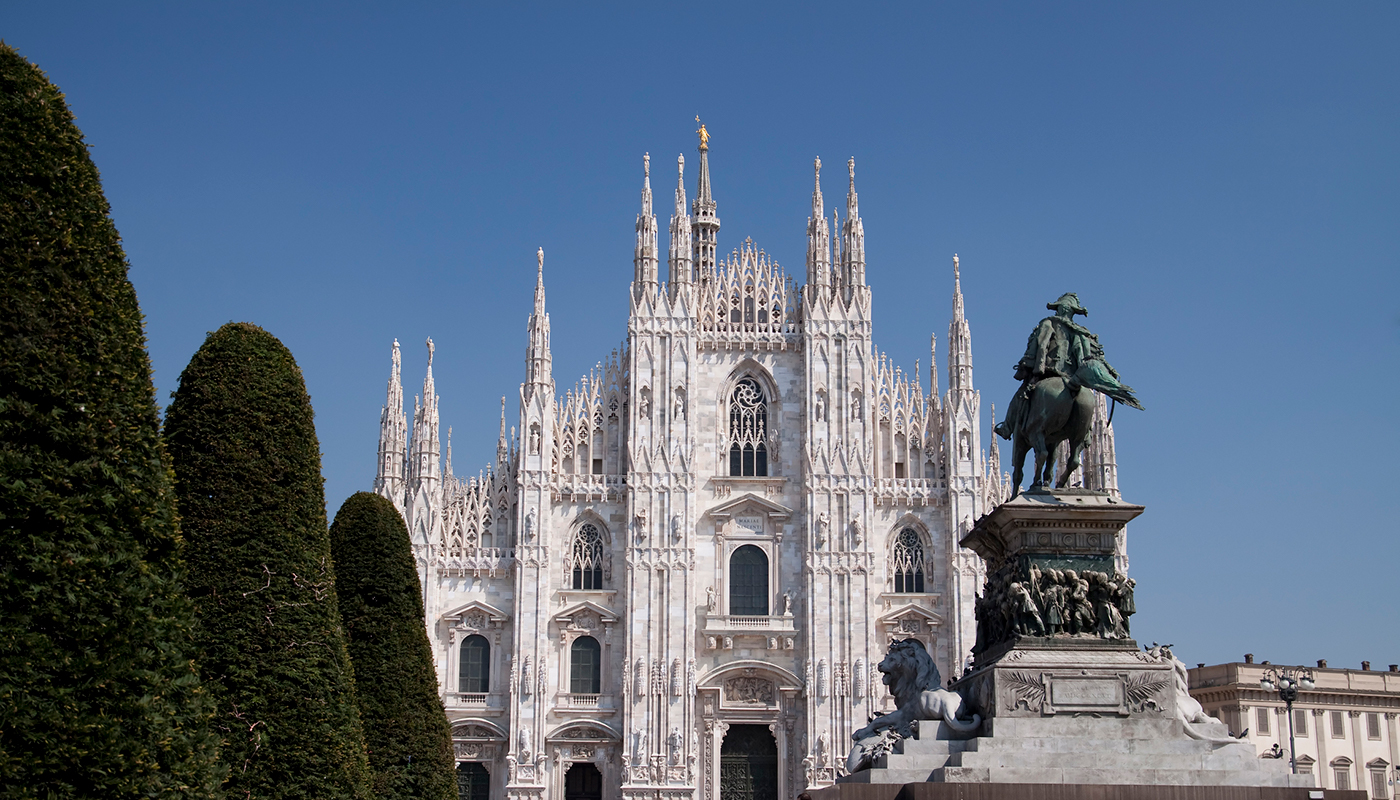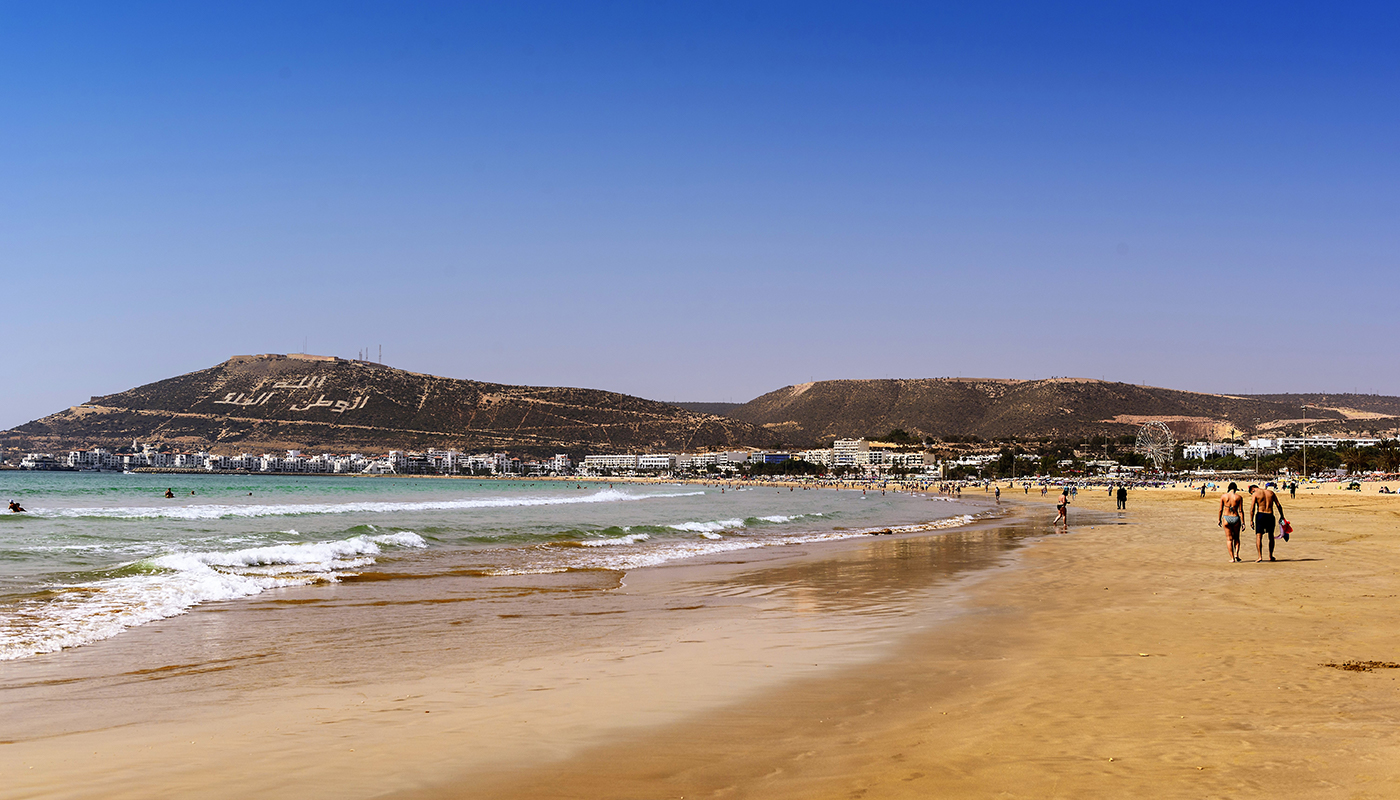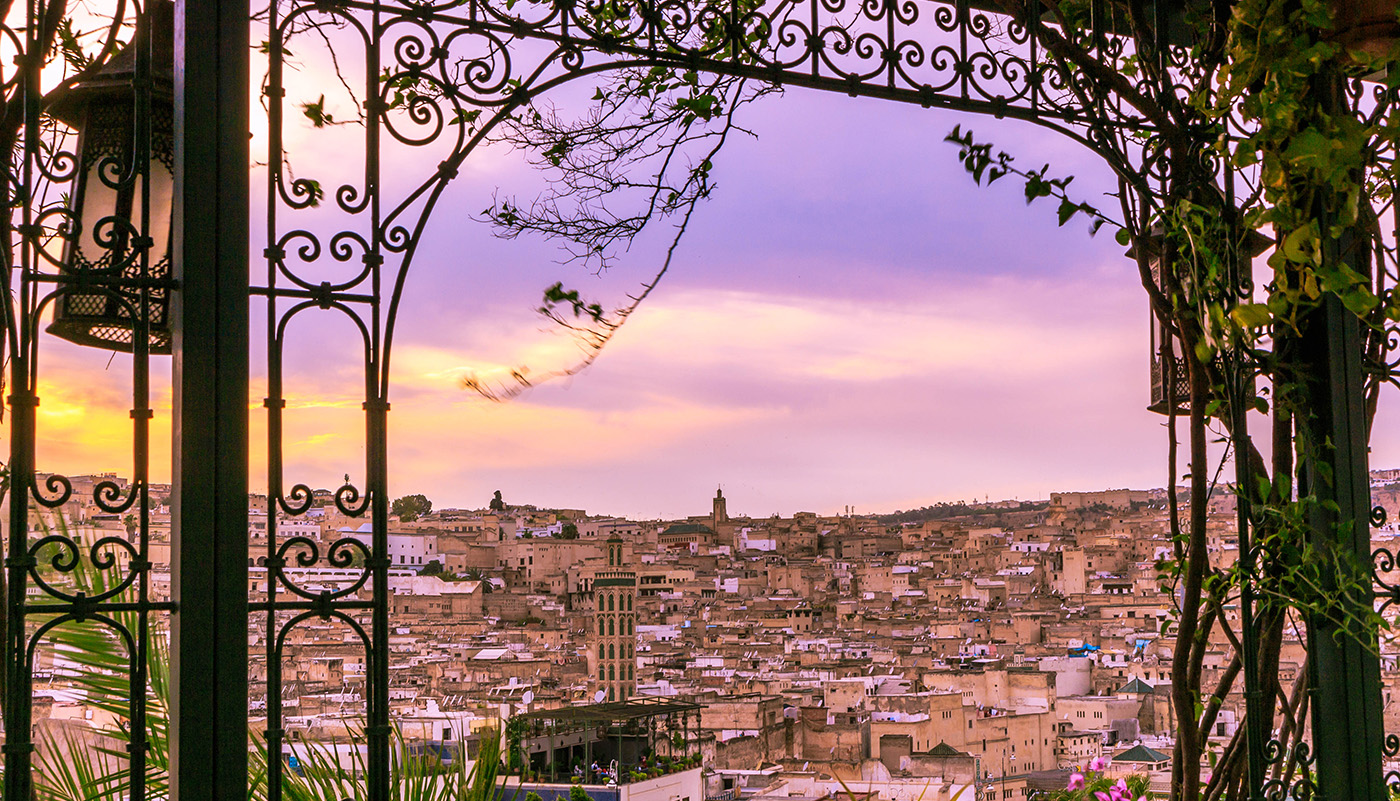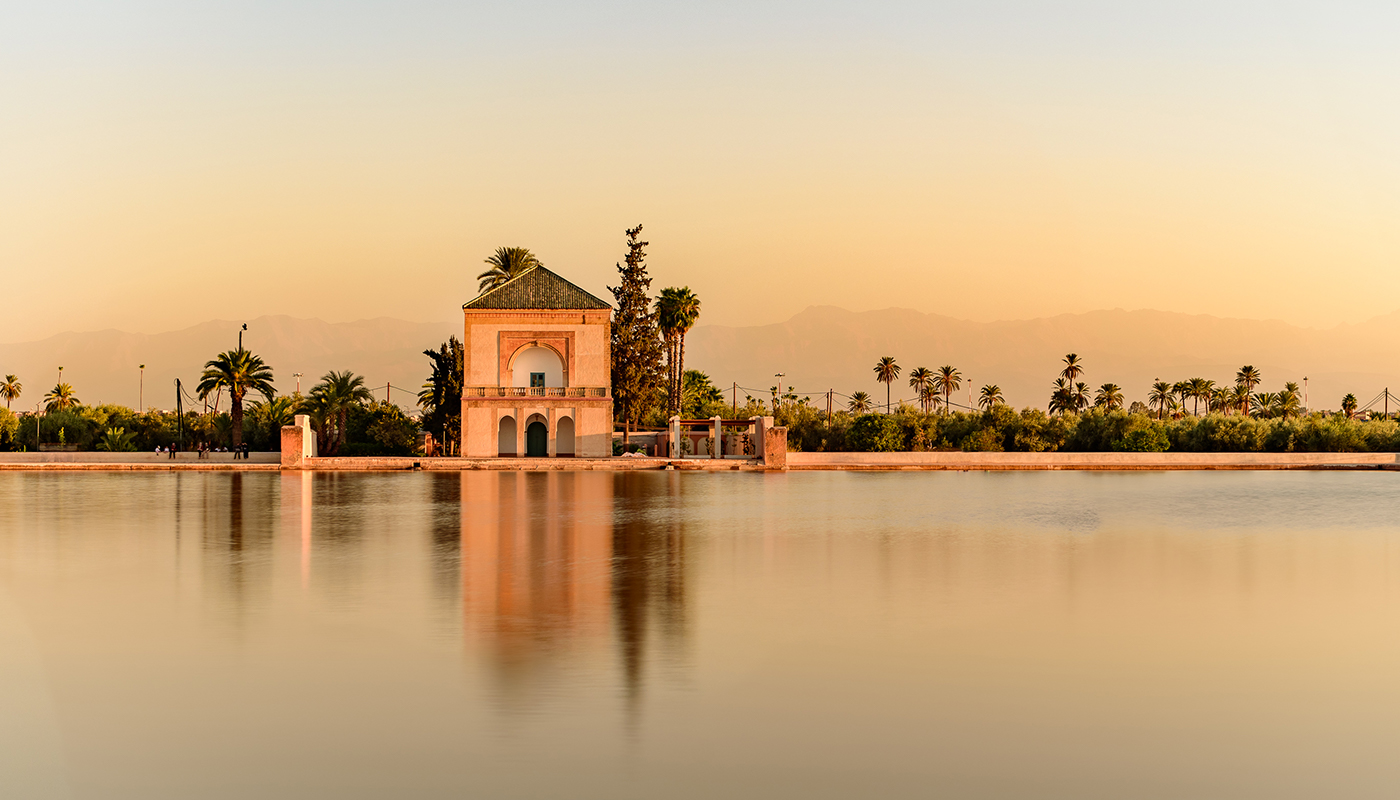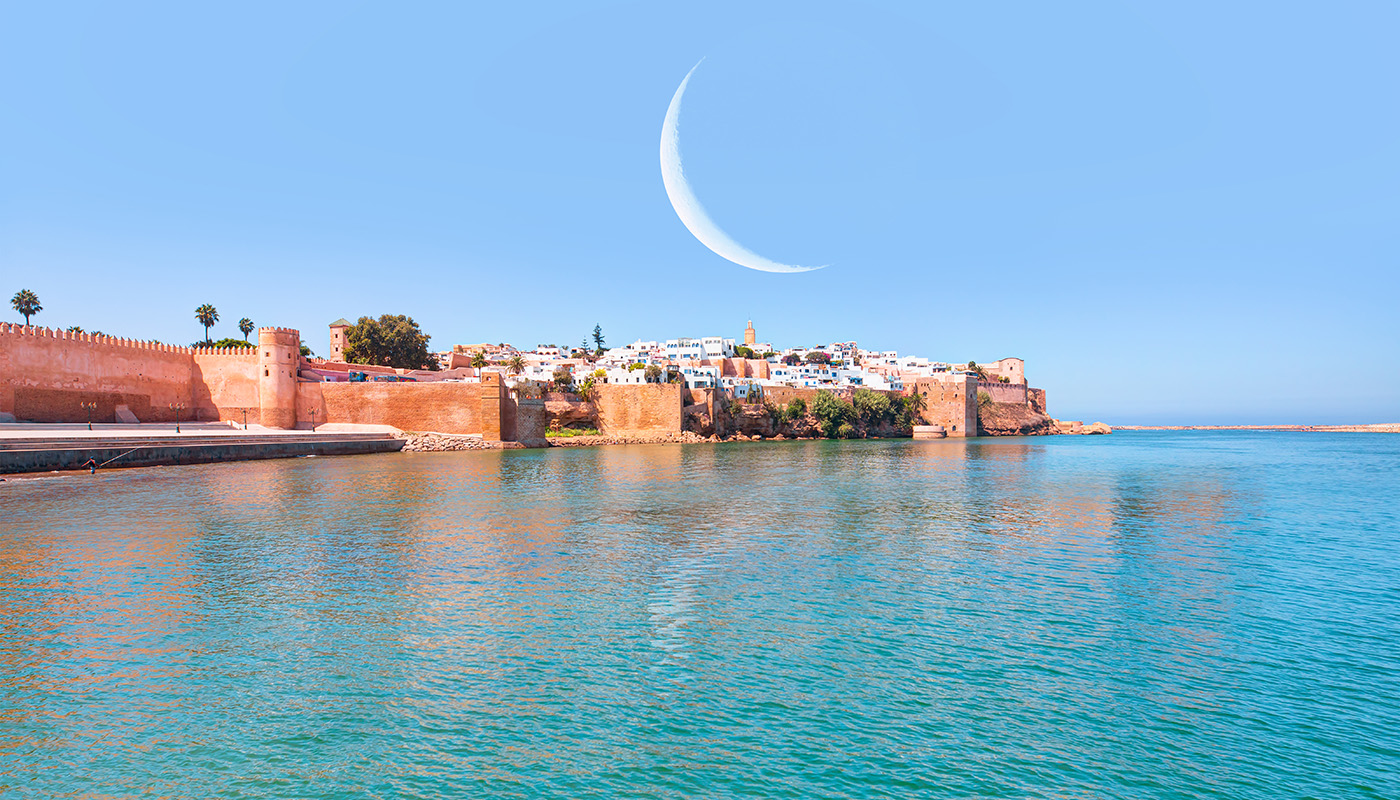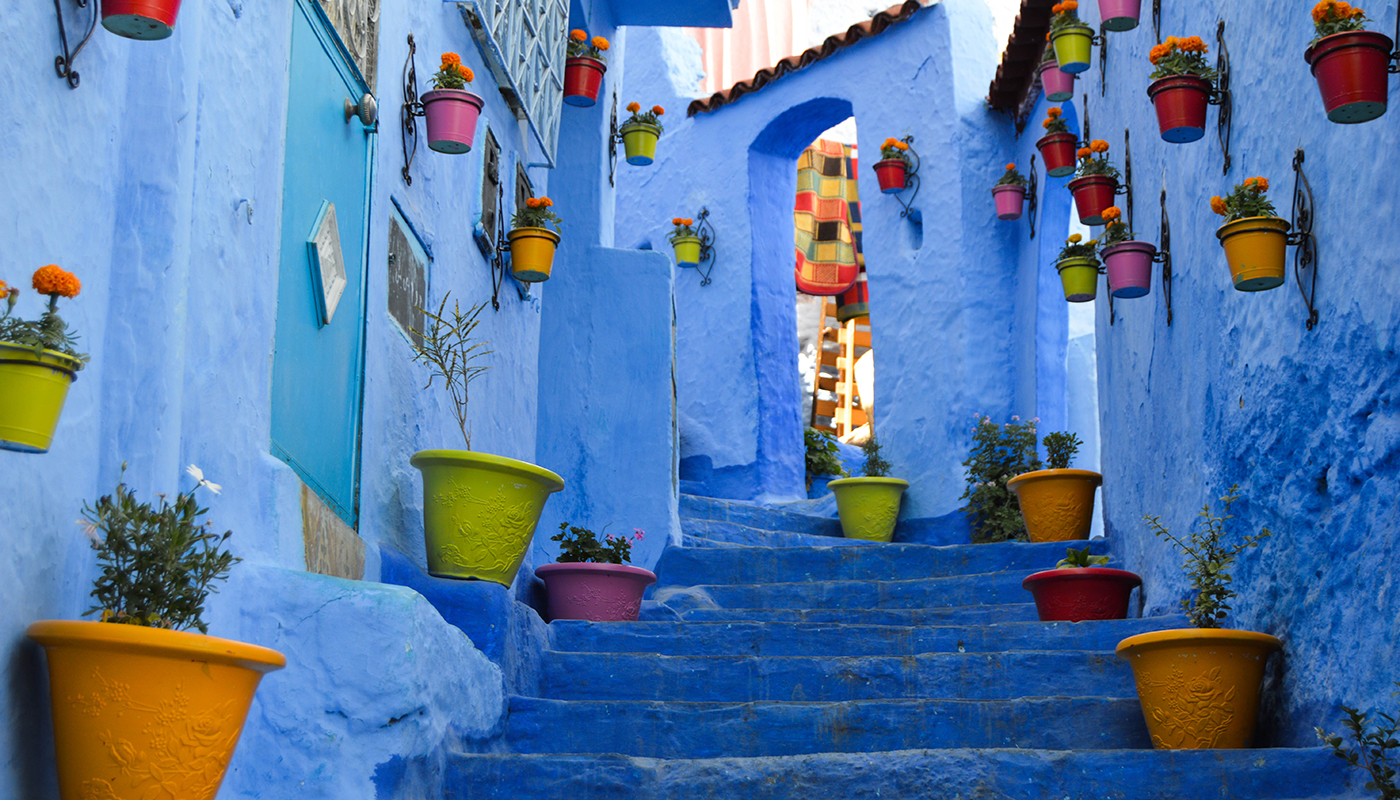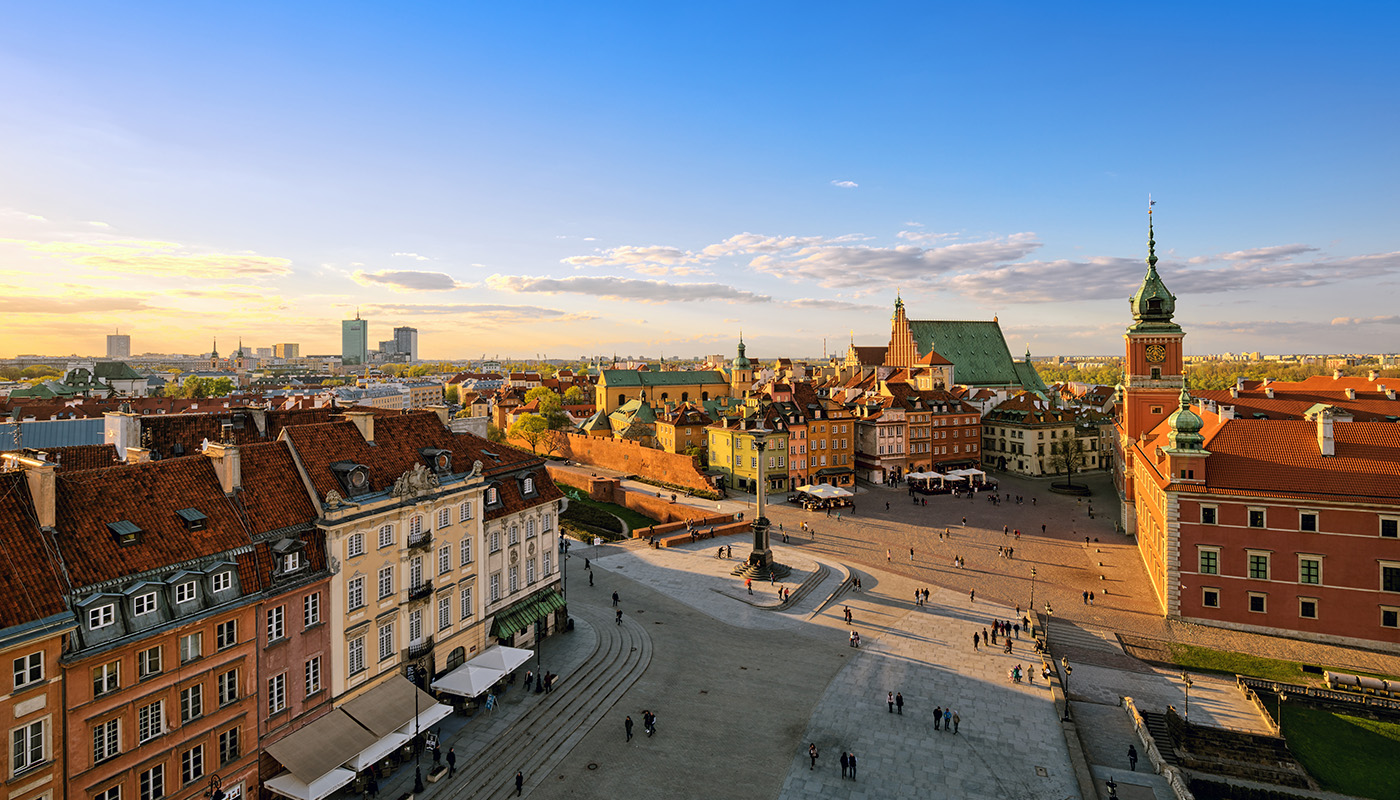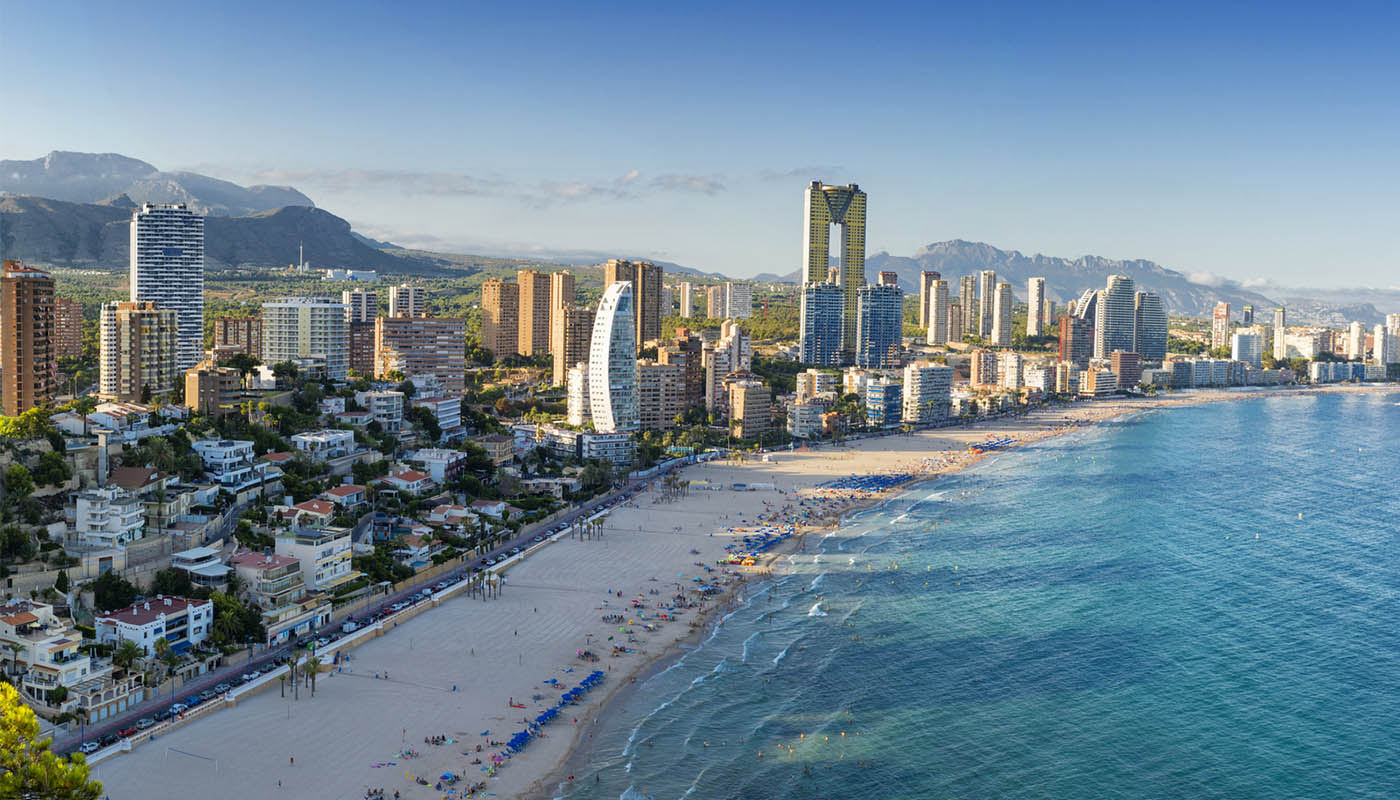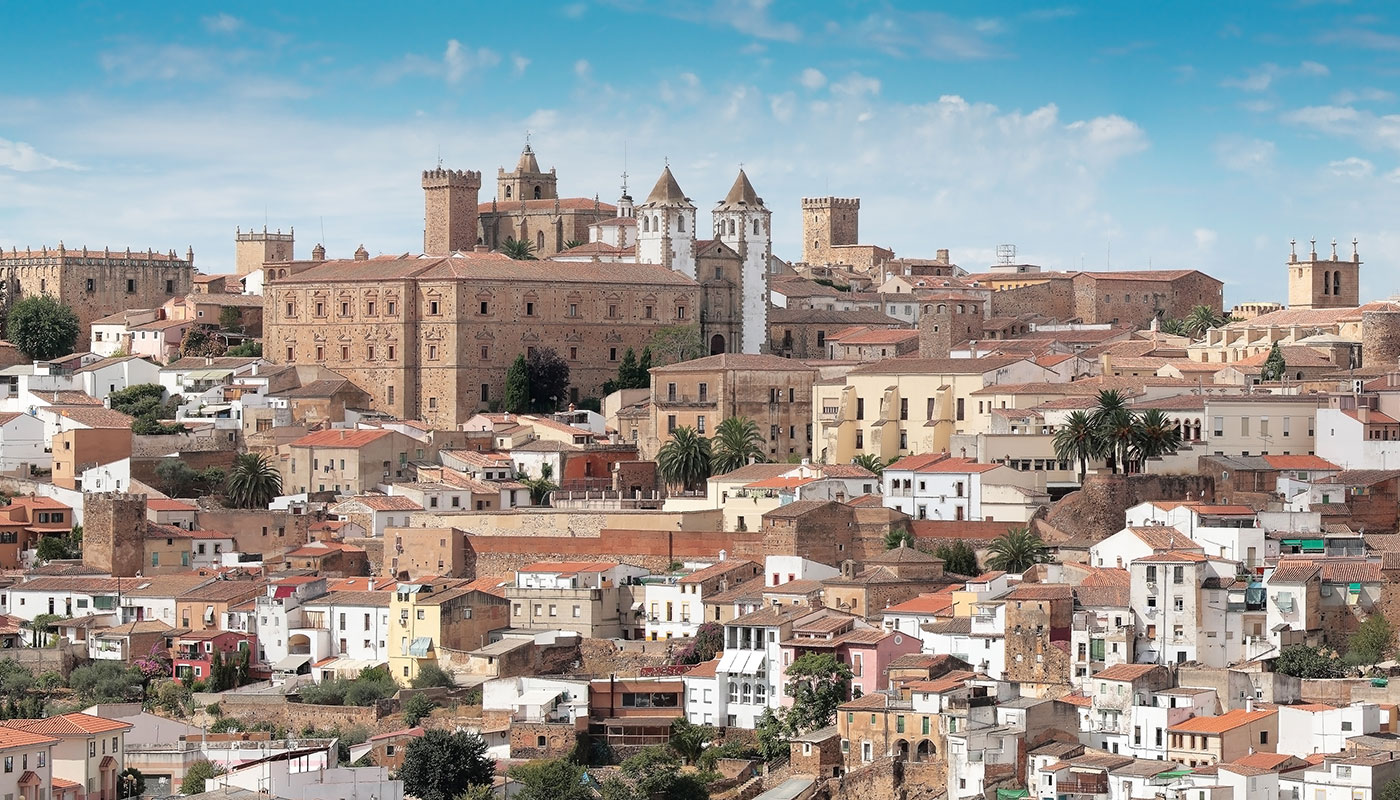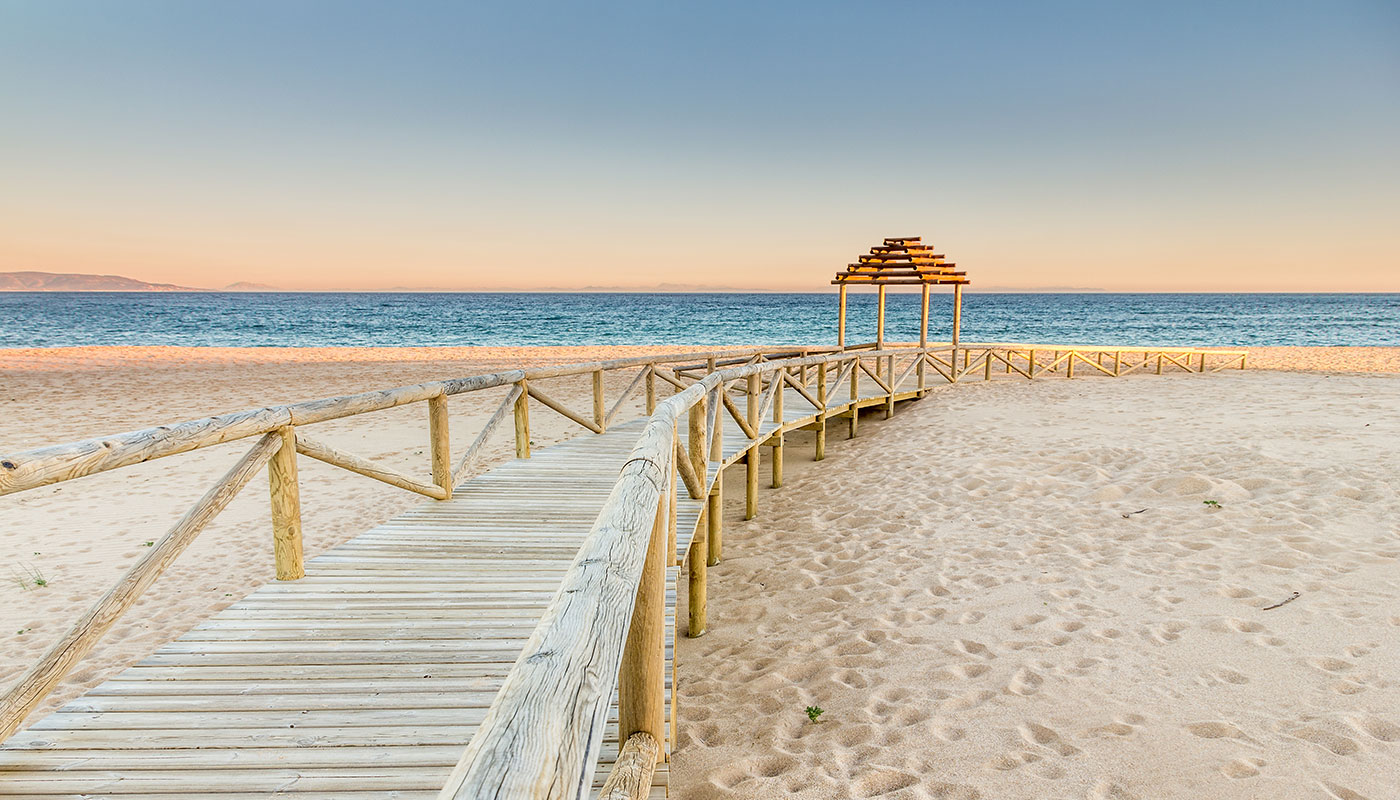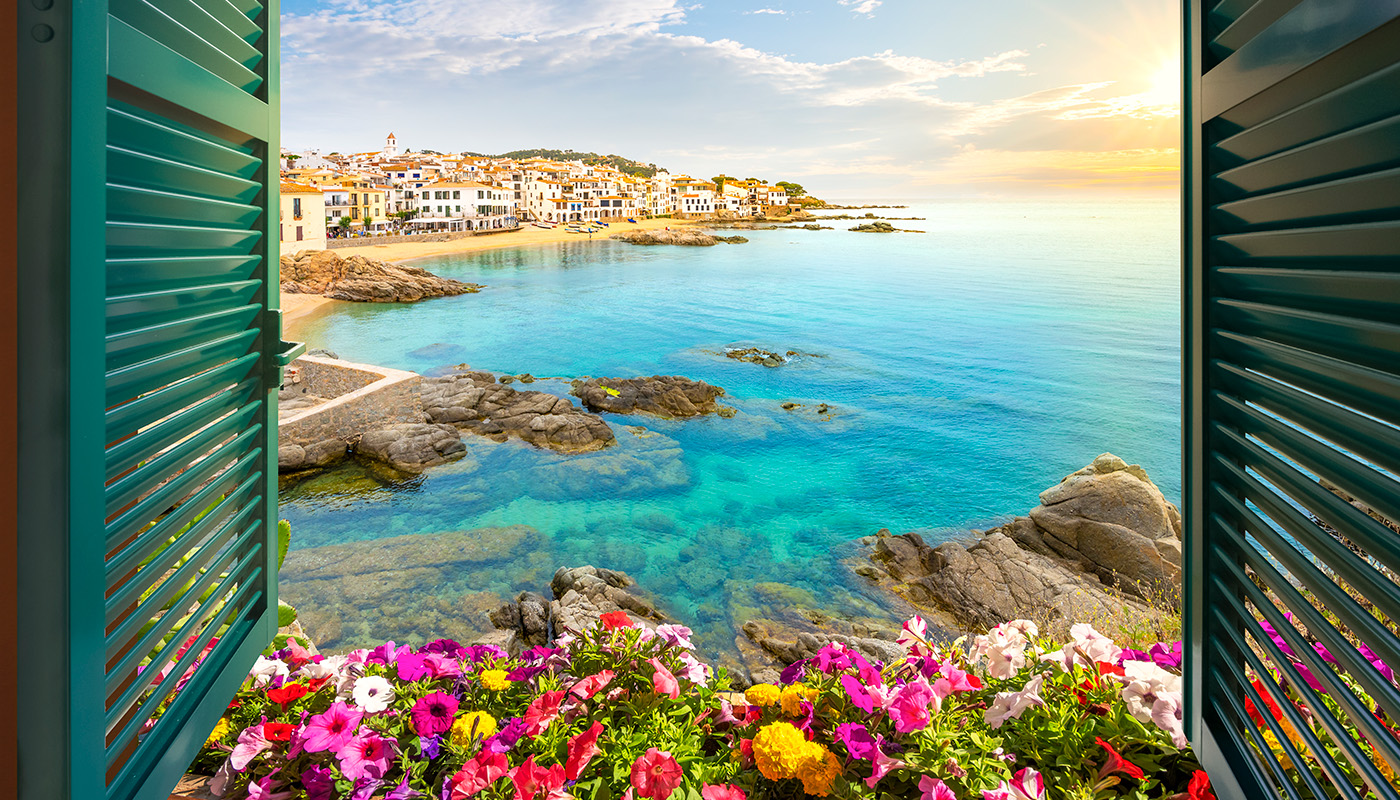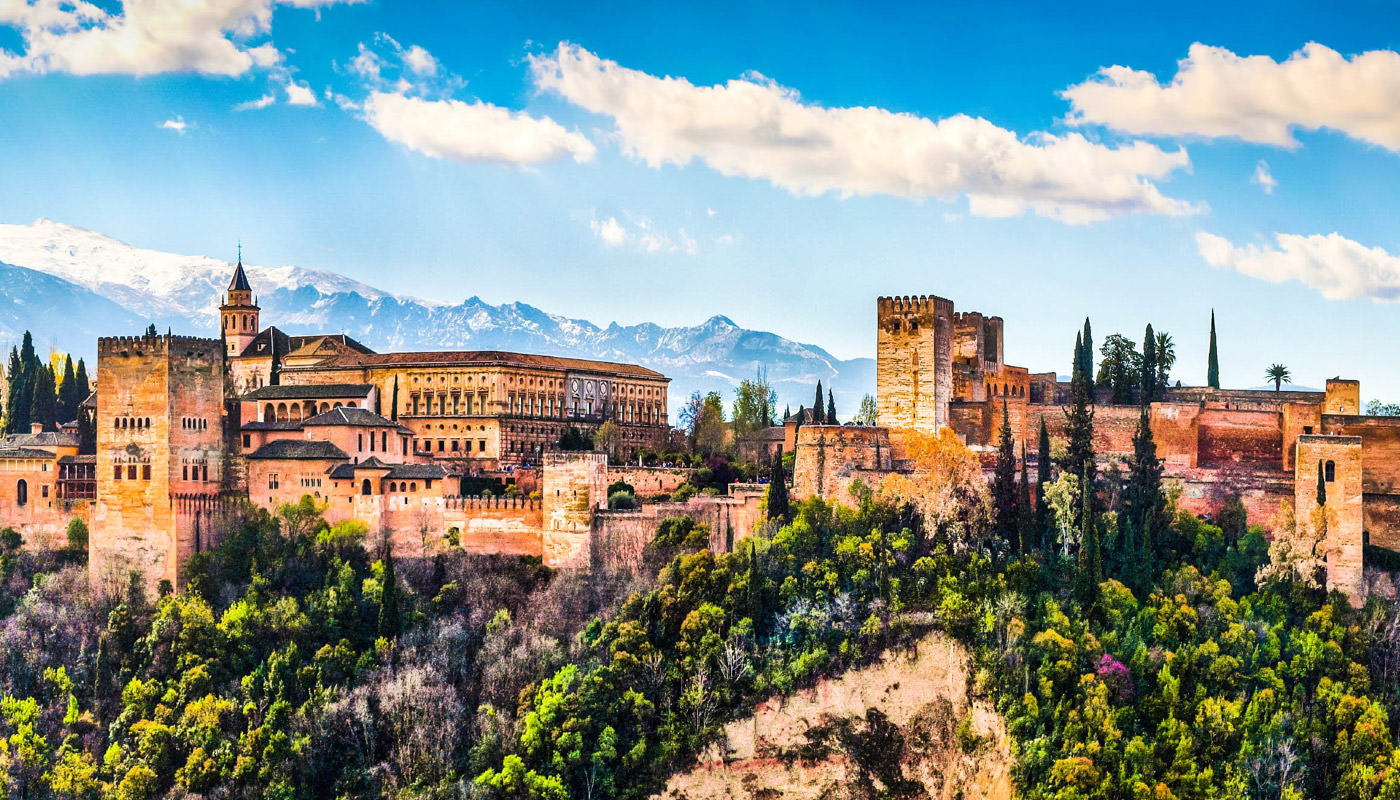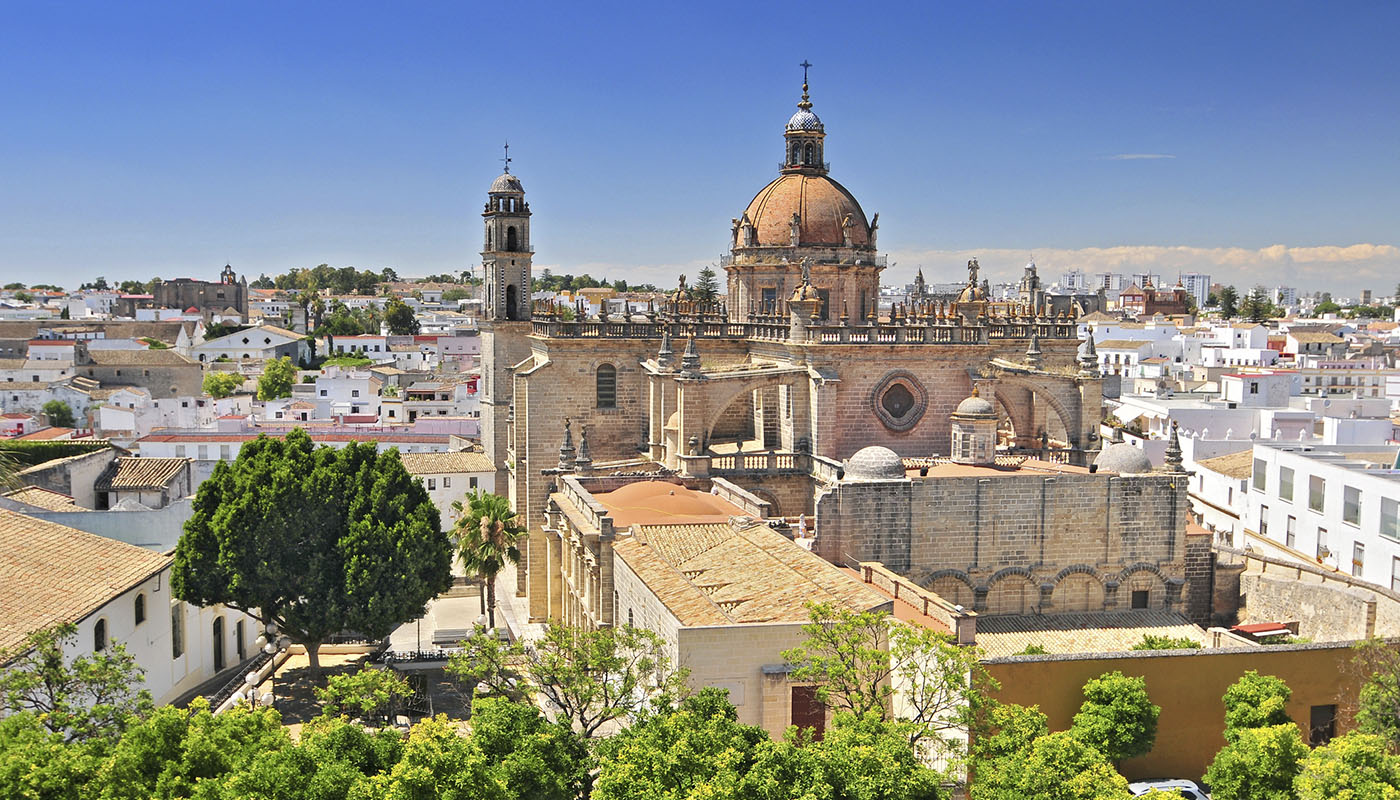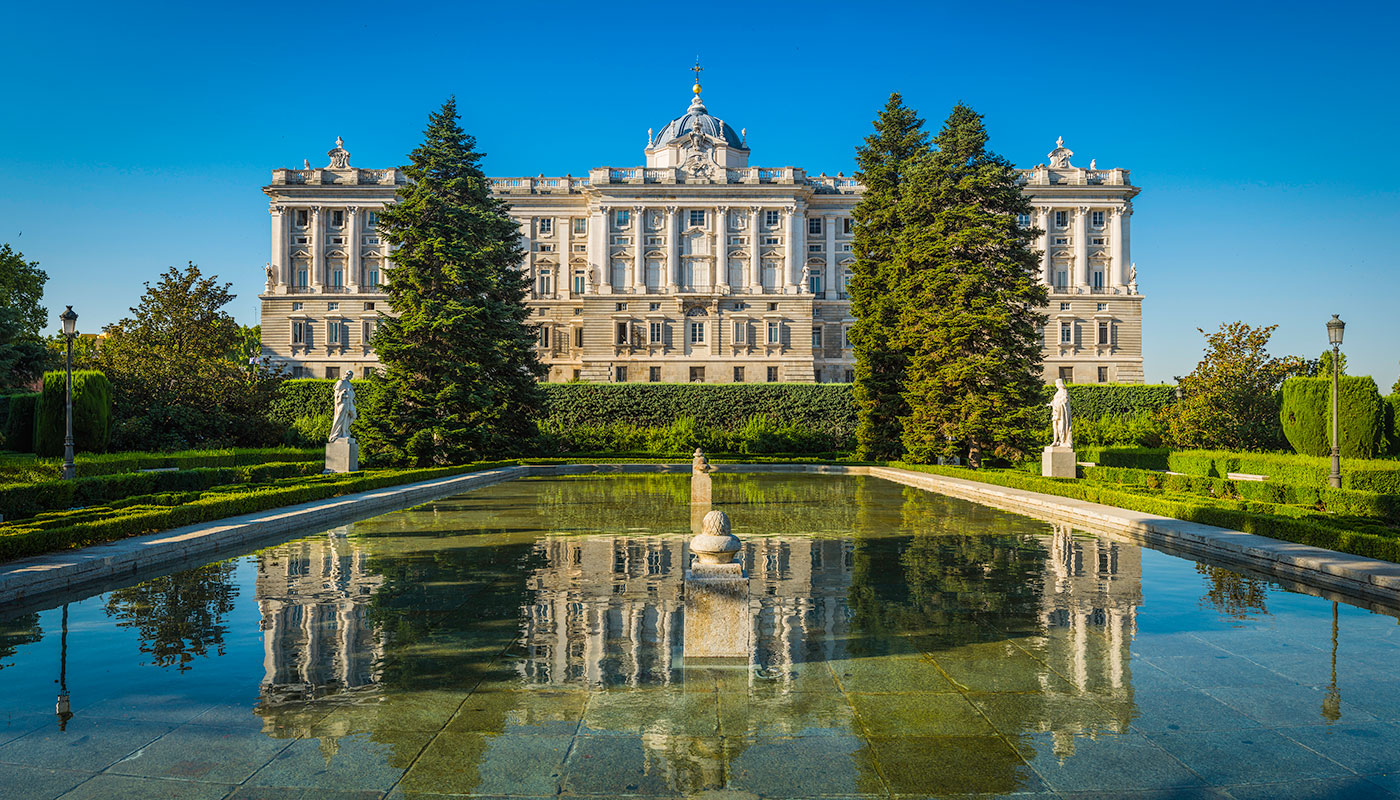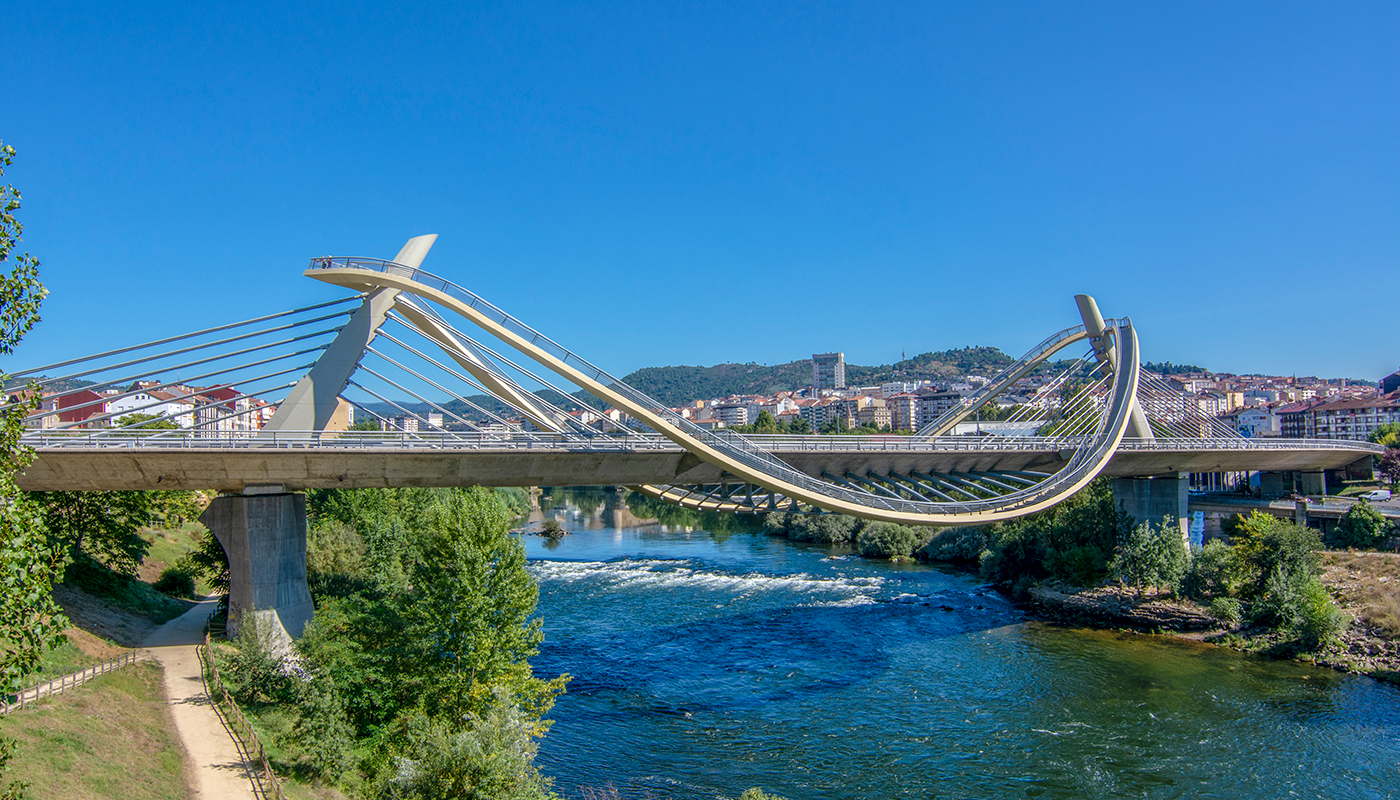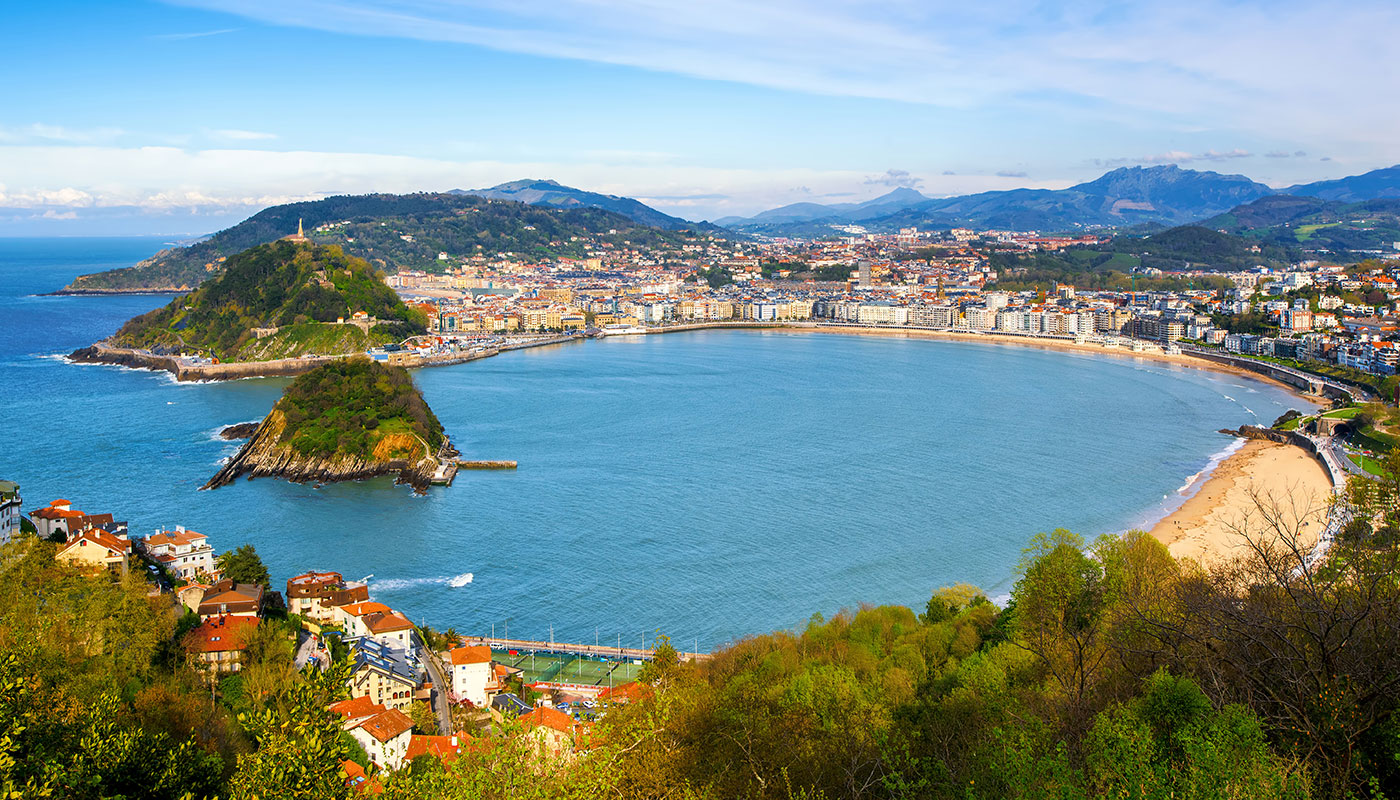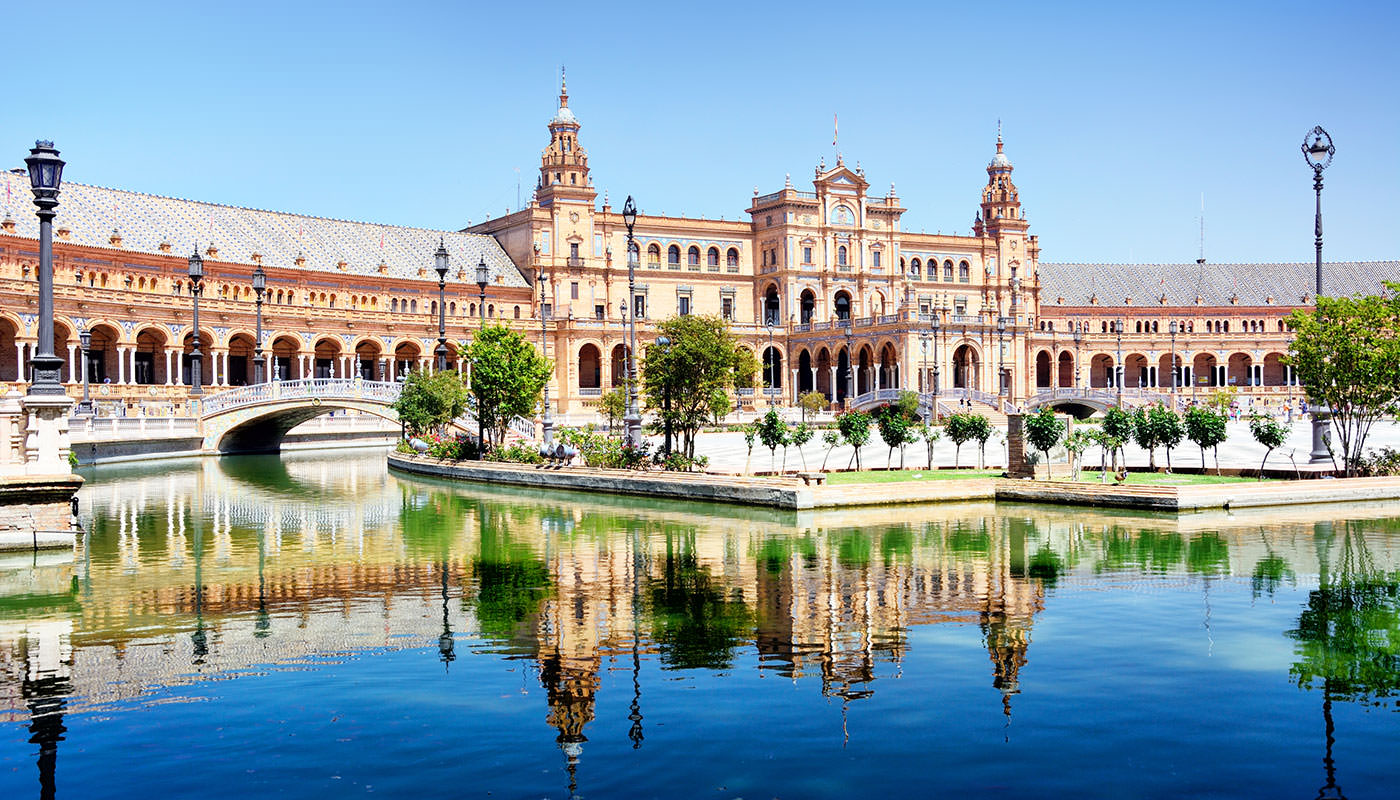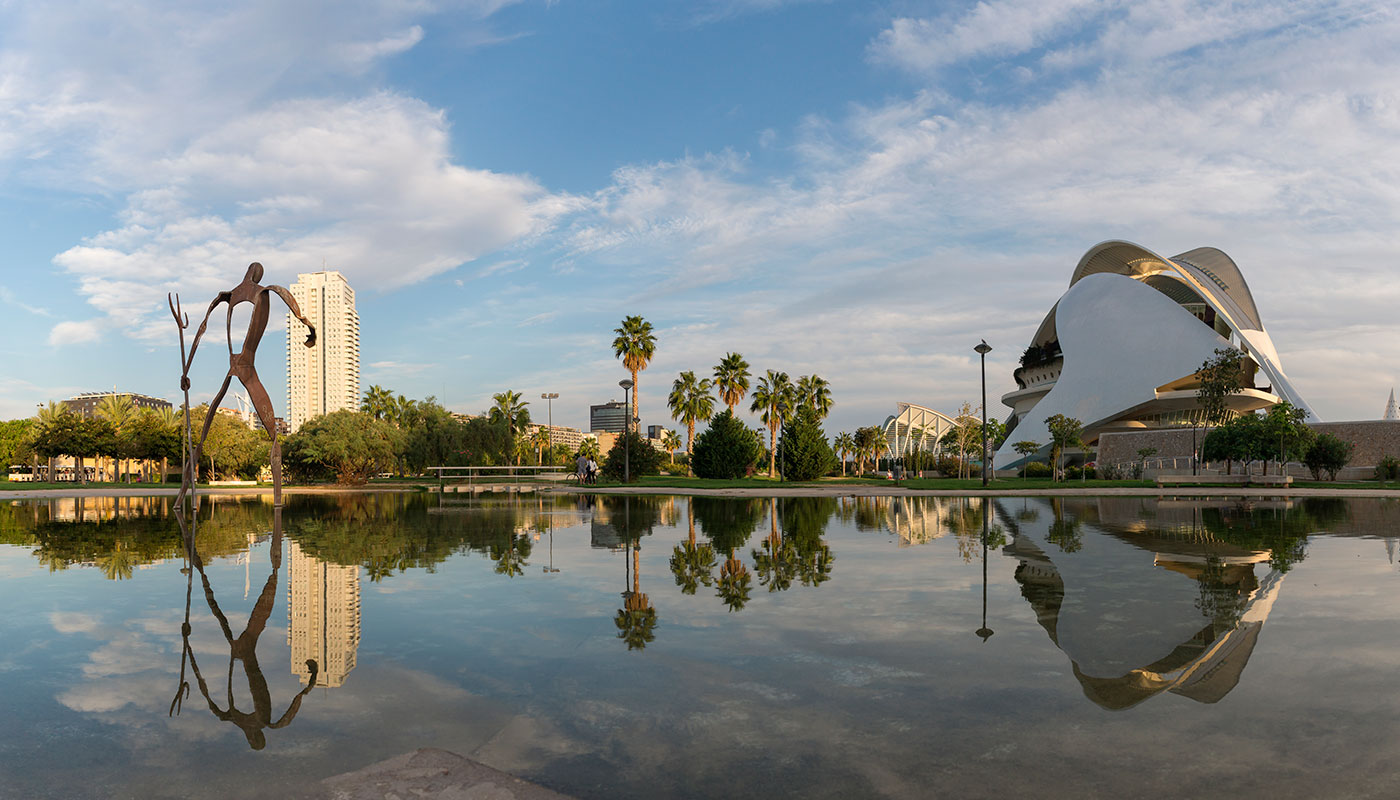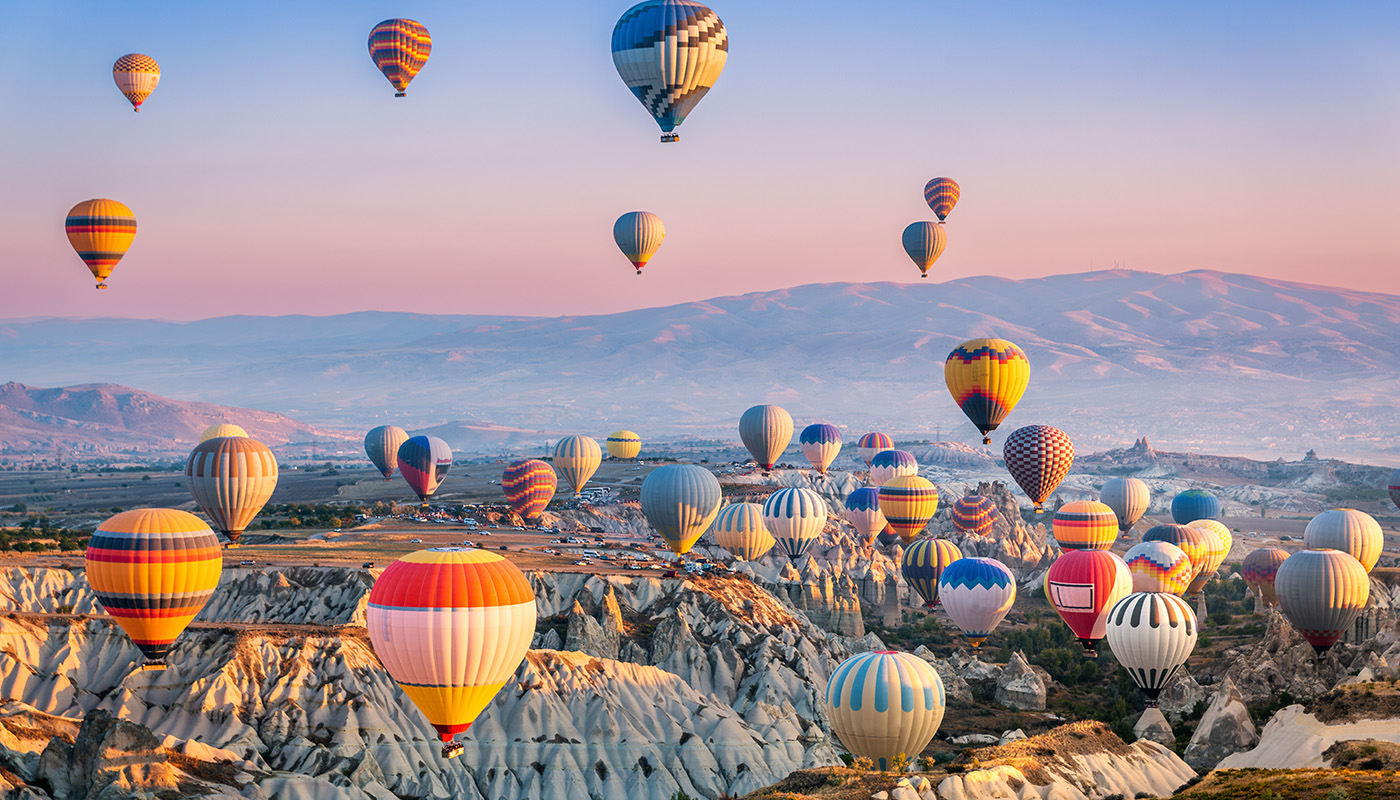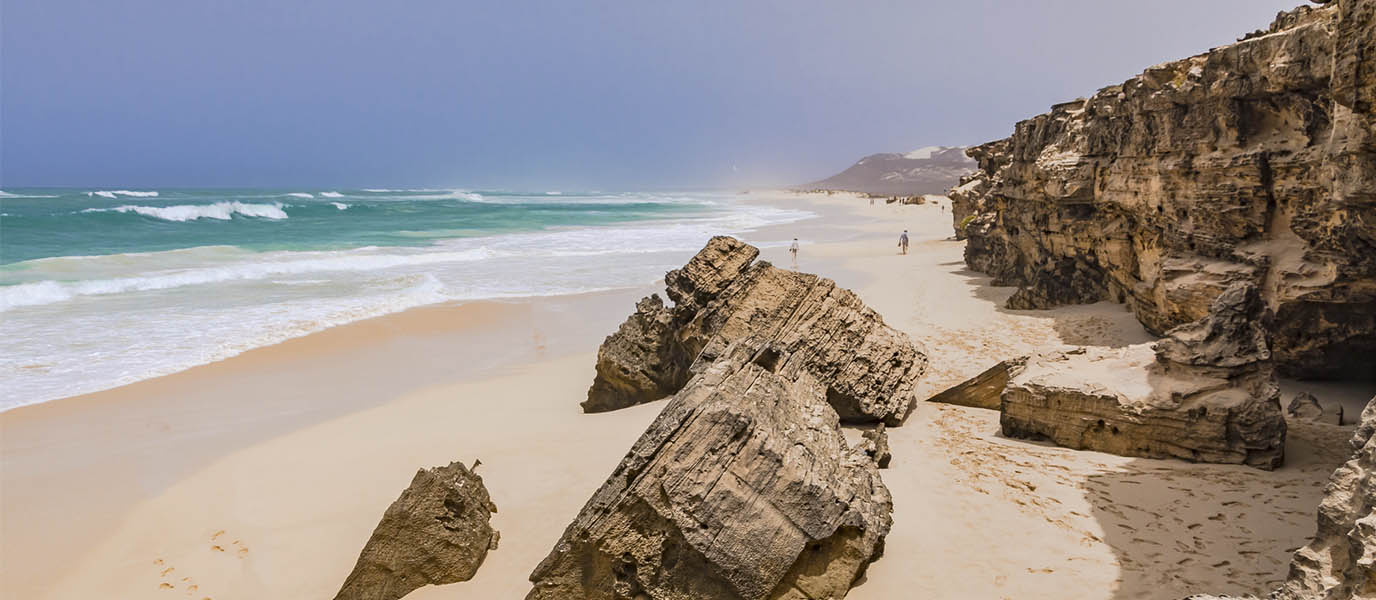On the north coast of Boa Vista, where the Atlantic merges with the golden sand, is one of the most enigmatic places in Cape Verde: Cabo Santa Maria, known as the “Cape at the End of the World” among locals for its remote and desolate location. The area is famous for the Cabo Santa Maria shipwreck, a Spanish ship that ran aground in its waters in 1968 and that, over time, has become a symbol of the island. The cape, however, not only tells the history of stranded ships. In this place of wild and bare beauty, the dunes advance towards the sea, turtles lay their eggs on the beach and local fishermen defy the waves in small boats.
Natural context and location: where the desert surrenders to the Atlantic
Cabo Santa Maria is located on the northwest coast of Boa Vista, the easternmost island of the Cape Verde archipelago. Its landscape is marked by the merging of the ocean and the vast expanses of sand that characterise this part of the island. Here, the sea breeze is constant and the dunes seem to move with the wind, creating an environment in perpetual transformation.
Unlike the more touristy areas south of Boa Vista, the cape offers a sense of isolation that makes it a perfect destination for those seeking an authentic experience in contact with nature. The sea, often rough, contrasts with the calm coast, where it is common to see seabirds gliding over the waves and, at certain times of the year, humpback whales on their migratory route.
The area is part of the Boa Esperança Natural Reserve, a protected area that seeks to preserve Boa Vista’s unique biodiversity. The beaches are a refuge for nesting sea turtles and the coastal ecosystem remains a vital home for numerous species.
Tips for visiting. How to get there: sandy paths and panoramic routes
Getting to Cabo Santa Maria is not difficult, but it does require some planning. The best way to get there is from Sal Rei, the capital of Boa Vista, located about six kilometres to the south. From there, you can take an off-road vehicle or a quad bike, as the last part of the journey runs along unpaved sandy roads.
For those who prefer a more adventurous experience, organised tours combine a stop at the cape with other points of interest in the north of Boa Vista, such as the dunes in Viana desert or Atalanta beach. The routes offer the chance to tour desert landscapes and observe the local wildlife.
Bringing sun protection, water and appropriate footwear is essential, as exposure to the sun is intense and temperatures can be high. What’s more, due to the lack of tourist infrastructure in the area, there are no restaurants nearby, so it is advisable to bring provisions if you plan to spend several hours exploring the cape.
Santa María beach: 10 kilometres of powdery sand where you can spot sea turtles
The beach surrounding Cabo Santa Maria is a true spectacle full of contrasts. The coastline consists of a wide strip of fine golden sand that seems to never end, while the ocean, often impetuous, breaks forcefully against the shore. Here, the immensity of the sea imposes itself and the wind shapes the landscape as it pleases.
Despite the beauty of the surroundings, the beach is not ideal for swimming, as the currents can be strong and the waves unpredictable. However, it is perfect for strolling, contemplating the horizon and letting yourself be carried away by the sensation of being in an almost unspoilt land.
One of the beach’s main attractions is the presence of sea turtles, which use the coast as a nesting site. During the nesting season, between June and October, guided tours can be organised with local biologists to observe these impressive reptiles in their natural habitat, always with due respect for the conservation of the species.
The ‘Cabo Santa Maria’ shipwreck: an iron skeleton stranded in time
The true icon of Cabo Santa Maria is the shipwreck that bears its name. In 1968, the Cabo Santa Maria, a Spanish cargo ship built in 1957 in the shipyards of Cartagena, ran aground on the coast while on its usual route between the Mediterranean and South America. Captained by Fernando De Solis, with a crew of 28 passengers, the 130-metre-long ship had left Genoa for Buenos Aires and was carrying food, machinery and gifts destined for General Franco and his followers. Despite efforts to free the ship, it was trapped in the sands of Atalanta beach, eventually becoming an iconic symbol of Boa Vista.
What remains of the wreck is a rusted structure eroded by salt and wind, a sort of iron skeleton that rises above the sand as a reminder of human fragility in the face of nature. Over the years, the ship has decayed but its silhouette is still visible and attracts visitors and photographers in search of striking images.
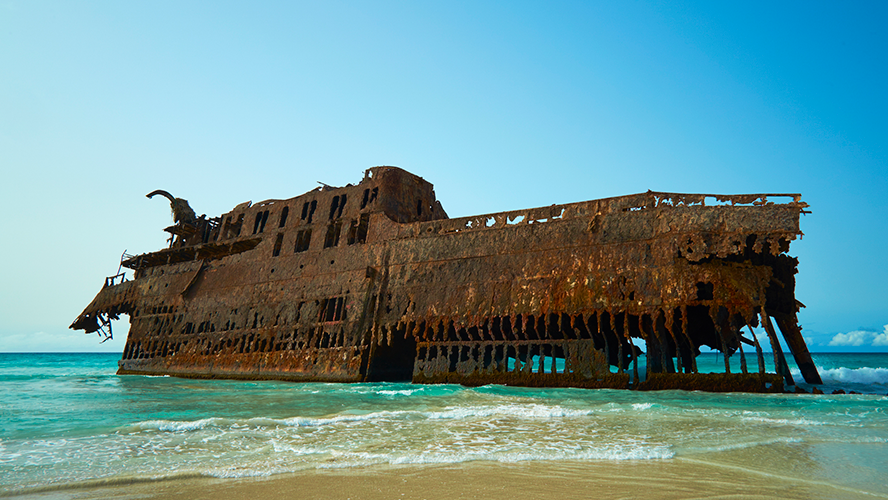
The area is particularly spectacular at sunset, when the sun goes down over the horizon and casts the remains of the boat in a golden, reddish light. Due not only to its history but also its unique atmosphere, it is a must-visit destination in Boa Vista.




